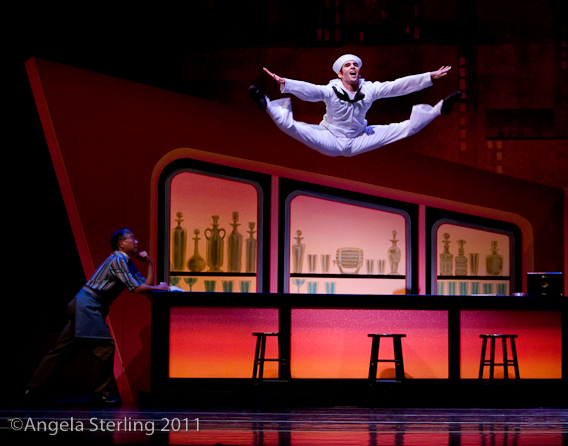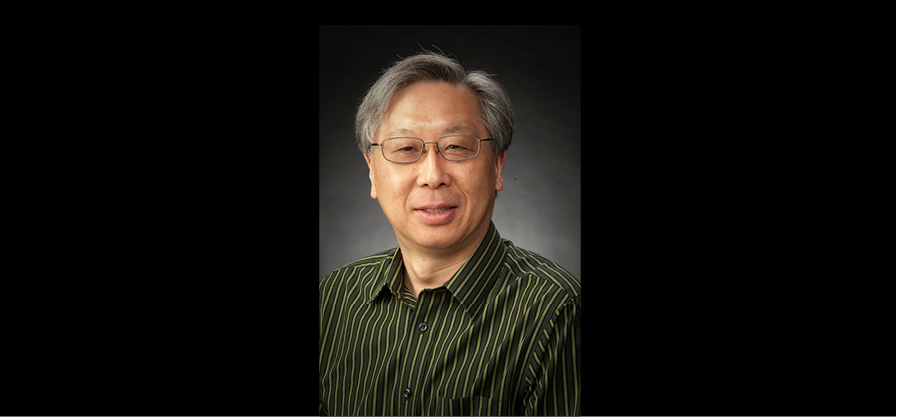Awardee Spotlight: Glenn Kawasaki
Glenn Kawasaki will be honored ArtsFund’s Celebration of the Arts Luncheon on May 4th, for his outstanding contributions to the arts. We recently sat down with Glenn to learn more about his passion and involvement in the Seattle arts community.
Tell us about the moment when your involvement and investment in the arts and dance started ramping up—what fueled your passion?
In 2000 Francia Russell and Kent Stowell asked me to join the Board of Pacific Northwest Ballet (PNB). Francia and Kent were the artistic directors of PNB, but as my neighbors, for 10 years I only knew that they worked at the ballet company. I would bump into them while walking my dog. One evening I went to see “Silver Linings” at McCaw Hall and discovered that my neighbors were the artistic directors. Kent was the choreographer. Since joining the PNB Board, my appreciation of dance, dancers, and choreographers has soared. In short, my Welsh corgi got me into the world of ballet. Ballet led me into contemporary dance and other performing arts. I served one term at Seattle Children’s Theatre and became a founding trustee of Seattle Dance Project (now gone) and Whim W’Him. The artistry, passion, and hard work of the dancers and choreographers are inspiring and worthy of supporting.
How has being a donor enriched your experience of the arts, or opened doors to experience them more fully?
My donor experience has been very special. Extraordinary, in fact. Francia and Kent opened the PNB studios to me and introduced me to the artists. I have watched closely new works being created and enjoyed talking with the dancers, choreographers, and staff. Peter Boal took things further by putting me into Jerome Robbin’s Fancy Free as the bartender on opening night to start the 2006 PNB season and casting me in 2015 as the beggar in Don Quixote. I’ve been to London and twice to Vail with PNB. I’ve been to dancer weddings and parties and watch performances from backstage, where the dancers and staff greet me.
Spectrum Dance Theater has given me an open invitation to watch any rehearsal. Many dance organization and other companies, such as Seattle Repertory Theatre, invite me to watch the creative process, which I often enjoy more than the on-stage performance. I’ve met Twyla Tharp at a PNB dinner and rehearsal and later dined with her in Las Vegas twice. I had great conversations with William Forsythe at PNB and Alonzo King at Meany Hall. I was a cast member in Steve Paxton’s Satisfying Lover in the University of Washington Chamber Dance Company concert last year. These and many more are unique experiences that I treasure.

Glenn Kawasaki as the bartender in Pacific Northwest Ballet’s production, Fancy Free, courtesy of Pacific Northwest Ballet, photo by Angela Sterling.
What makes Seattle dance unique? What excites you most about the future of dance here?
Since I am not familiar with dance in other cities, I cannot say what is unique about Seattle. We are a rapidly growing community of contemporary dance organizations that are attracting young dancers and choreographers from all over the U.S. Since my involvement with dance in Seattle in 2000, I have watched countless performances and rehearsals. So much dance is going on now that I have too little time to attend all of the shows and rehearsals in town. The diversity of artists has also grown. In addition, PNB, Meany Center for the Performing Arts, Seattle Theatre Group, Seattle International Dance Festival, Velocity Dance Center, Whim W’Him and other organizations bring touring companies and guest artists from all over the world to Seattle. Our city has a wide range of dance choices. I see this growth continuing as long as Seattle continues to appreciate and nurture this art form. The reputation of Seattle as a dance nexus has steadily increased. We have had PNB as one of the great ballet companies in the world and now have a thriving population of contemporary dance organizations.
Our luncheon this year is themed on creativity. As a scientist, biotech entrepreneur, and arts lover, what does creativity mean to you?
Audience members rarely see the creative process of dance. It is the most interesting and fun part of being involved with choreographers and dance companies. The final product on stage often makes the art look too easy. Similarly, in biotech, the years of research and regulatory hurdles are usually unknown to the consumer or patient. A drug or medical device may have taken ten years and millions of dollars in development. The early, creative stages are the most exciting. New methods are tried and tweaked. For dance and biotech, creativity is making something novel that did not exist. Often the creative process is a sudden realization of a new approach. Sometimes, ideas evolved slowly, visualized and modified over a long time period. My biggest industry success came as an instant idea—a new way to engineer proteins without cells. However, it took years to optimize the process. I’ve watched choreographer create movements right on the dancers. Others work out the steps long before meeting the dancers. So, creativity can take many forms. However, the most creative people that I know are those who have great experience and knowledge in one area but who can bridge gaps into other areas. Medicine expanded into the computational realm fairly recently; and healthcare is rapidly changing as a result. Artists who combine different media are the ones that are transforming their art.
Why do you think it’s important to support the arts?
Virtually everyone who is reading this article already knows that the arts are important for exploring our selves emotionally. Through art, we can see and feel beyond the tangible. In watching dance, I experience (or want to experience) something almost unearthly. Great dancers are superhuman in their abilities to move. Great choreographers create the framework for that movement. Similar experiences may occur for music and other art forms. However, the arts are starving in the U.S. It may get a lot worse, since the NEA is particularly under attack right now. Contemporary dancers in Seattle average less than $25,000 as artists. They have tight and small budgets for shows. Any support is greatly appreciated.
Join us in honoring Glenn on May 4th for the 29th Annual Celebration of the Arts Luncheon.
